Toxic animal tranquilizer showing up in N.B. street drugs
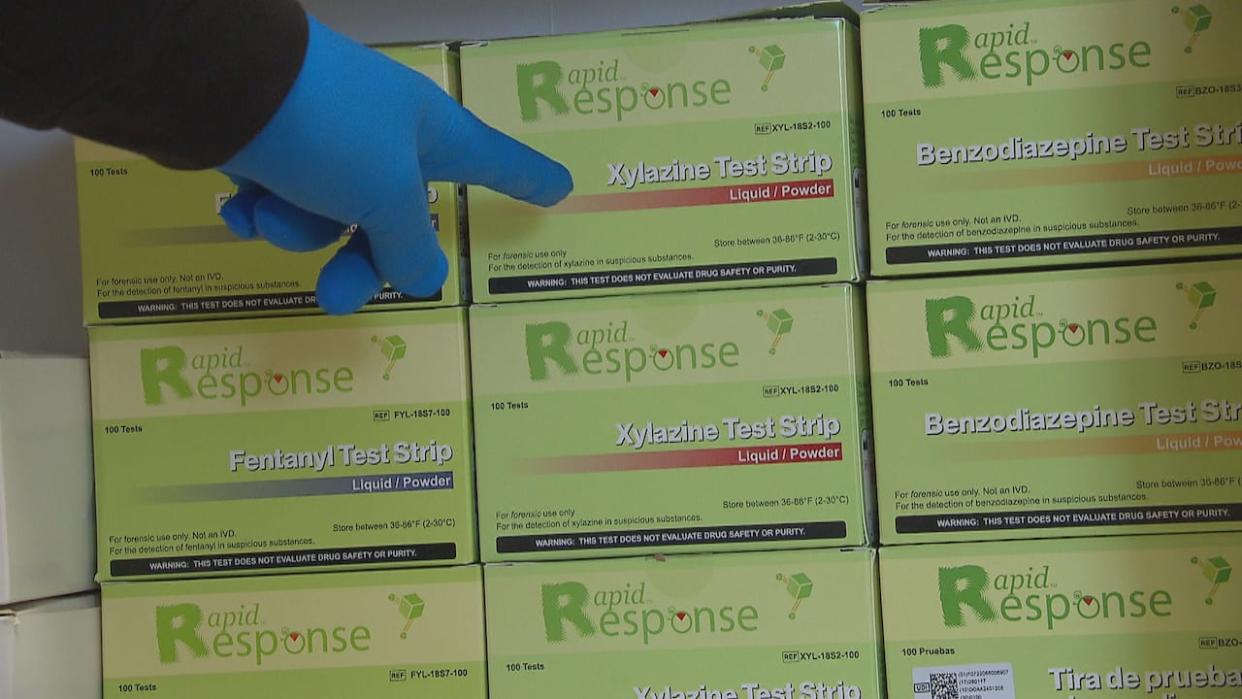
A dangerous animal tranquilizer is showing up in New Brunswick's unregulated drug supply, according to those who work on the front line with drug users.
Xylazine, a veterinary sedative with effects similar to the depressant benzodiazepine, was identified in a Health Canada report in 2022 as an emerging additive to illegally sold opioids.
The drug is added to the mix to "increase bulk and enhance or mimic the effects of other illicit drugs."
The federal report showed just five cases of the drug in New Brunswick's supply between 2012 and 2022.
But harm reduction providers in Fredericton, Moncton and Saint John say that's changed, with the toxic additive showing up more often and presenting new challenges.
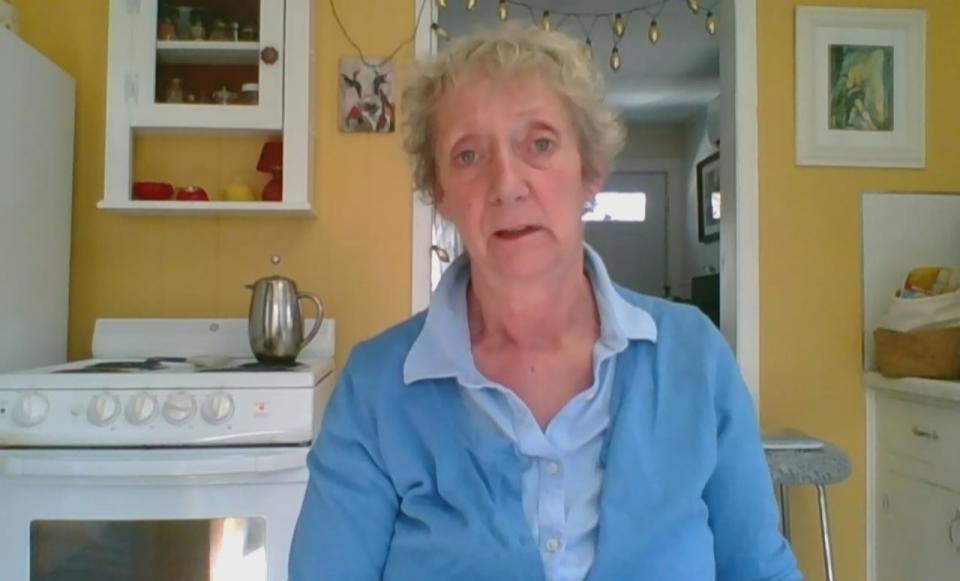
Julie Dingwell, executive director at Avenue B Harm Reduction, says the situation has evolved past an opioid crisis into a drug poisoning emergency. ((Zoom))
"It's really not an opioid crisis anymore," said Julie Dingwell, executive director at Avenue B Harm Reduction in Saint John.
"It's really a poisoned drug supply," she said. "People have no idea ... what kind of drugs they're taking."
WATCH | 'Recognizing it can influence the response when there is a toxicity event':
The drug isn't intended for human consumption and poses a high risk to users, with effects that include loss of consciousness and tissue death that can lead to amputation.
At the River Stone Recovery Centre in Fredericton, clients are provided with medical-grade opioids to inject on site under medical supervision.
Medical director Dr. Sara Davidson said she is aware of one suspected case of amputation related to xylazine in Fredericton.
"It tends to lead to gangrene-like sores called necrotic ulcers. Some people, what ends up happening is that they don't heal, and they make the skin and the tissues underneath the skin right down to the bone begin to die off," Davidson said.
"So amputation is the only way to save someone from their entire system becoming very sick."
It's literally a mess, a mess. I can't describe it any more than that.- Debby Warren, Ensemble Moncton
Dingwell said she is seeing a rise in wounds and abscesses.
While abscesses can happen with other drug use, she said the increase has coincided with the rise of xylazine in test results.
"If you've got somebody living on the street or in a tent, they're not able to care for those wounds or sores as well as they should," Dingwell said.
"That's when people can get septic and then amputations can happen, if not death."
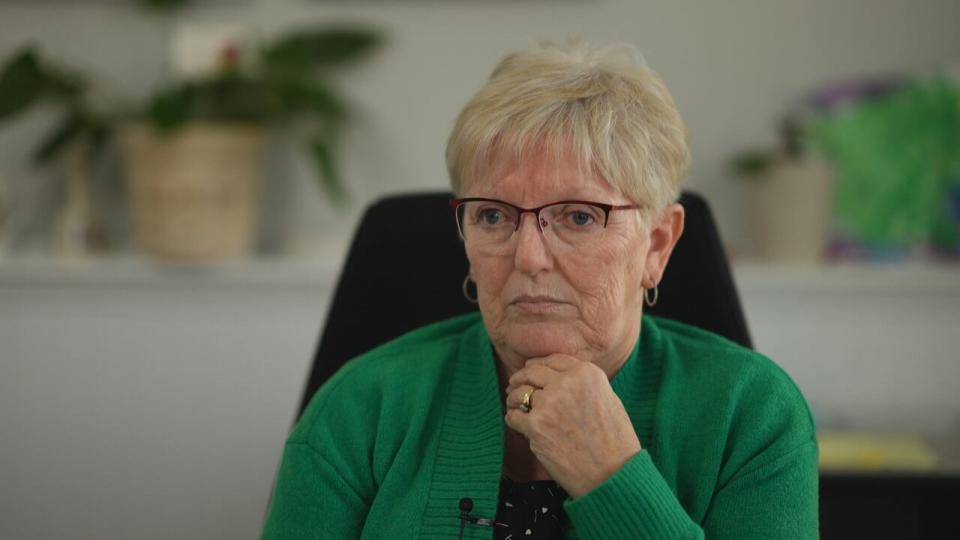
Debby Warren, executive director of Ensemble Moncton, struggles to describe the mess caused by xylazine and the toxic supply. (Pierre Fournier/CBC)
Debby Warren at Ensemble Moncton says her clinic has brought in a full-time nurse whose time is mostly taken up by wound care.
"It's a mess. It's literally a mess, a mess. I can't describe it any more than that," Warren said.
Xylazine also increases the risk of an overdose but its effects are not reversed by naloxone, a common overdose treatment.
Ensemble Moncton's overdose prevention site began offering drug testing with a spectrometer machine in January, in an effort to show people what's in the drugs they use.
Warren said her clinic's been collecting data on the additives showing up in the test results.
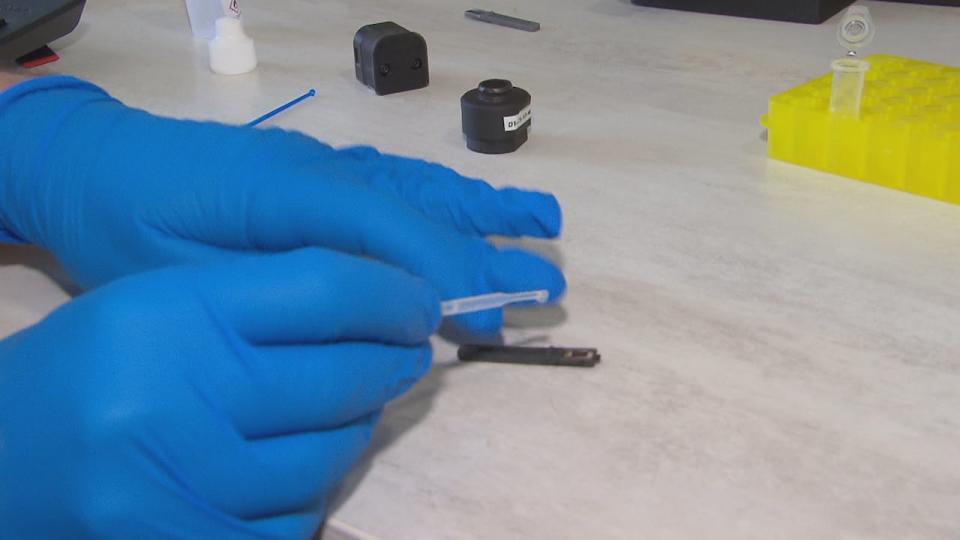
Ensemble Moncton has been providing on-site drug testing for interested clients. (Ian Bonnell/CBC )
Between January and March, Warren said they found xylazine in 10 per cent, or about six, of the samples tested.
The real number is likely greater, she said, as the testing program is voluntary and not all clients opt in.
Avenue B is seeing a similar increase when it tests substances for clients in Saint John, Dingwell said.
The agency provides testing strips and will sometimes perform the tests on site.
While Avenue B doesn't keep statistics, Dingwell said staff are finding xylazine in "many, many" of the results.
"It makes it a very serious situation," she said.
"We're used to being able to go out and give people a [naloxone] shot, or two or three, and bring them around. And we can't bring them around. It's just critically important that the ambulance comes every time."
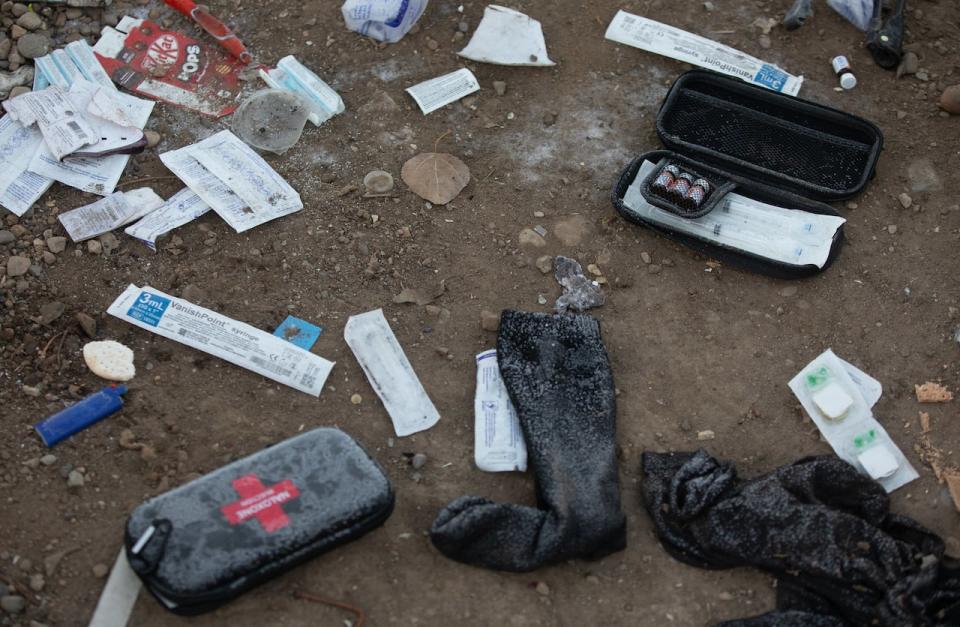
Naloxone kits are effective against opioid overdose, but do not reverse the effects of xylazine. (Jason Franson/The Canadian Press)
Ensemble Moncton has started training staff to provide oxygen and airway support until paramedics arrive. Warren said that's been a significant help when people aren't responding to naloxone.
"Every minute counts," Warren said. "Every minute they're without oxygen there is damage to the brain. So just having them trained that extra level has made all the difference."
New Brunswick's Department of Health declined several requests for an interview with Dr. Yves Léger, the acting chief medical officer of health, about the toxic drug supply.
However, spokesperson Sean Hatchard said, in an email, Public Health has seen one death related to xylazine as of the end of 2023.
Hatchard also said Public Health is monitoring the situation.
"The Department of Health recognizes the increasing toxicity and unpredictability of the unregulated drug supply is a major issue in New Brunswick and across Canada," Hatchard said.
"This increasingly toxic supply includes the presence of xylazine, but also of many other substances of concern such as benzodiazepines, nitazenes and fentanyl."
CBC News requested updated figures on xylazine cases in New Brunswick from Health Canada, but the agency did not yet have that provincial data for 2023.
Xylazine is not included in the list of drugs under Canada's Controlled Drugs and Substances Act, so there is no requirement for the country's Drug Analysis Service to report cases where it is present.
While it's early days for Ensemble Moncton's testing program, and it remains voluntary, Warren hopes to have more data over time to monitor trends in the supply.
"We've been trying to do a little bit and try to keep up with what's going on, which is always evolving," Warren said. "Now it's the xylazine, and who knows what it will be next month or next week."

